Are you engaged in the freshwater pearl wholesale industry? To go further, are you engaged in bulk freshwater pearl wholesale? If so, then after reading this article, learning cost control will help you achieve profitability in the fierce market competition.
According to relevant data, the global pearl market has continued to grow in the past few years and is expected to reach US$1 billion by 2030. Among them, freshwater pearls account for a high market share due to their large output and relatively affordable prices. For companies engaged in bulk freshwater pearl wholesale, good cost control is the key to achieving profitability in the fierce market competition.

The following will analyze how to effectively control costs from four key strategies:
Bulk freshwater pearl wholesale strategy 1: Procurement link cost control
The procurement link is the first level of cost control. There are three aspects to pay attention to in this link. First, optimize supplier selection, second, bulk purchase and use negotiation skills, and third, grasp the timing of procurement. Grasping these three aspects, then cost control is half successful.
First, optimize supplier selection. How to optimize suppliers? That is definitely to choose a pearl supplier with good reputation, stable supply and high-quality products!
According to industry statistics, about 80% of the world’s freshwater pearls are produced in China, among which Shanxiahu Town, Zhuji, Zhejiang is known as the “Chinese Pearl Capital”, accounting for more than 70% of China’s freshwater pearl production. Therefore, to find high-quality suppliers, you can select suppliers from high-quality freshwater pearl producing areas such as Shanxiahu Town, Zhuji, Zhejiang, and Jintan, Jiangsu, and directly establish contact with farmers and source suppliers to reduce intermediate links and reduce procurement costs.
At the same time, suppliers should be compared and evaluated. For excellent suppliers, continue to cooperate and give more support; for suppliers with poor performance, timely make rectification requirements or terminate cooperation to ensure the quality and stability of procurement channels.
Among many pearl suppliers, Xinye Pearl performs very well. Not only is the supply stable, but also the wholesale price is favorable and the quality is excellent. It is one of the best freshwater pearl suppliers. If you need, contact: https://www.pearlswholesaler.com/contact/
Secondly, purchase in bulk and use negotiation skills. According to data, in the past five years, about 70% of large-scale bulk freshwater pearl wholesalers have reduced their procurement costs by an average of 15%-25% through reasonable bulk purchases. When making bulk purchases, it is necessary to arrange the procurement plan reasonably according to market demand forecasts and sales conditions, and make scientific decisions based on the company’s actual inventory management capabilities and market changes.
Otherwise, it will be like a small bulk freshwater pearl wholesaler in Brazil, which over-purchased a batch of bulk freshwater pearls that were popular at the time but were updated quickly. In the end, it had to clear the warehouse at a price 50% lower than the cost price, which caused serious economic losses to the company.
Negotiation skills are to fully grasp market information and supplier cost structure. So before purchasing, wholesalers can obtain detailed global pearl market price reports through professional market research institutions, and fully understand the supplier’s cost structure.
So when negotiating with suppliers, based on this, put forward reasonable price reduction requirements. For example, ask for an extension of the payment period, reduce the proportion of advance payments, etc., to further reduce procurement costs.
Finally, grasp the timing of procurement. Pay close attention to the dynamics of the global pearl market and grasp the timing of procurement to effectively reduce costs. During the peak period of pearl production, such as June every year, the market is well supplied and the price is relatively low. At this time, increase the purchase volume and use the scale effect to further reduce the purchase price.
At the same time, actively expand procurement channels. In addition to traditional origin procurement, you can also participate in international jewelry exhibitions, online procurement platforms and other channels. Get more supplier information from them, compare the prices and quality of different suppliers, and achieve optimal procurement.

Bulk freshwater pearl wholesale strategy 2: inventory management cost control
Inventory management is an important part of cost control and is divided into three steps. The first step is to accurately predict inventory. Wholesalers can use professional data analysis tools such as Tableau and Power BI to conduct in-depth mining of massive historical sales data. Use these professional data tools to analyze the demand preferences and quantity changes of pearls in different regions, different customer groups, and different seasons.
At the same time, pay attention to the global fashion trend release, economic situation reports, and market trend forecasts released by industry authorities, and integrate this information to establish a scientific inventory forecasting model. For example, a large international pearl wholesaler has increased the accuracy of inventory forecasting from the original 60% to more than 85% by introducing big data analysis technology. This move effectively avoids inventory backlogs caused by blind purchases.
In the past, the company lost about $56,000 a year due to inventory backlogs. Now this loss has been reduced by 70%, and the out-of-stock rate has also been reduced from 10% to less than 3%, greatly improving customer satisfaction and sales performance.
The second step is to improve inventory turnover. In the global pearl market, for every 10% increase in inventory turnover, the company’s operating costs can be reduced by about 8% – 10%. By optimizing sales channels and strengthening marketing promotion, the sales speed of bulk freshwater pearls can be effectively accelerated.
In terms of sales channel optimization, in addition to traditional jewelry retailers and wholesaler cooperation channels, we actively explore emerging channels such as online e-commerce platforms and social media marketing. For example, in the past three years, the global online jewelry sales market has grown at an annual rate of 5%, and is expected to reach $2.5 billion by 2035.
In the first year after a European pearl wholesaler settled in a well-known e-commerce platform, its sales increased by 30%, and its inventory turnover rate increased from 2 times a year to 3 times.
Strengthening marketing promotion is also an important means to increase sales speed. Develop differentiated marketing plans based on the cultural characteristics and consumption habits of different regions. In the Asian market, take advantage of the important position of pearls in traditional wedding culture to launch wedding-themed pearl jewelry sets. In the European and American markets, combine fashion trends to launch personalized customized pearl jewelry.
At the same time, timely deal with unsalable products, and reduce the risk of inventory backlog through discounts, promotions, and bundling with other popular products. For example, a pearl wholesaler in the Middle East increased the sales of unsalable pearl products by 50% by holding a “Pearl Carnival” promotion, effectively reducing the cost of inventory backlog.
The third step is to optimize storage costs. Storage costs account for a considerable proportion of inventory management costs, usually about 20% – 30%. Choosing the right storage location and storage method can significantly reduce this part of the cost.
From a global perspective, setting up warehouses near the place of production can effectively reduce transportation costs. Take China as an example. As the world’s largest freshwater pearl producing area, warehouses are set up around producing areas such as Zhuji, Zhejiang and Suzhou, Jiangsu. Compared with setting up warehouses in cities far away from the producing areas, transportation costs can be reduced by 30% – 40%.
At the same time, it is crucial to make rational use of storage space and adopt scientific storage management methods. The ABC classification method divides inventory into three categories: A, B, and C according to factors such as the value and sales frequency of pearls. Focus on the management of high-value and high-sales-frequency pearls in Class A to ensure that their storage environment is optimal and replenishment is timely. For low-value and low-sales-frequency pearls in Class C, appropriately reduce the inventory quantity and storage space.
The first-in-first-out rule ensures that the pearls that enter the warehouse first leave the warehouse first, avoiding the risk of quality degradation and depreciation caused by long-term storage. Through these scientific management methods, the utilization rate of storage space can be increased by 20% – 30%, and the storage cost can be reduced by 15% – 20%.
Bulk freshwater pearl wholesale strategy three: transportation and packaging cost control
Logistics costs cannot be ignored in bulk freshwater pearl wholesale. Logistics costs include two aspects, one is transportation cost and the other is packaging cost. So how to control logistics costs?
First, choose a logistics partner. According to industry statistics, high-quality logistics partners can help companies reduce logistics costs by 10%-20%. How to determine a high-quality logistics partner? Determining the best logistics plan through bidding, price comparison and other methods is the first step.
For example, a large pearl wholesaler attracted more than 10 logistics companies to participate in the annual logistics bidding. After a comprehensive evaluation of the quotations, service scope, transportation time, and cargo damage rate of each company, a logistics company was finally selected. The company not only reduced the transportation price by 15% compared with the previous partner, but also reduced the cargo damage rate from the original 3% to less than 1%.
It is also very important to establish a long-term cooperative relationship with logistics companies. Long-term cooperation can allow logistics companies to have a deep understanding of the special needs of pearl transportation, so as to provide more considerate services. At the same time, wholesalers have greater bargaining space to strive for more favorable transportation prices with their long-term and stable business volume.
In addition, choosing the right transportation method based on factors such as the weight, volume, and transportation distance of the goods can also effectively reduce costs. Take a batch of bulk freshwater pearls shipped from China to the United States as an example. The cargo is heavy, of moderate size and has a long transportation distance. Compared with air transportation, choosing sea transportation can reduce costs by 70% – 80%.
If the transportation distance is short, from the place of origin to surrounding cities, road transportation is highly flexible and relatively low in cost, making it the first choice. For urgent and light goods, rail transportation can achieve a better balance between cost and timeliness.
Secondly, optimize packaging materials. It is a good choice to cooperate with packaging suppliers to customize special packaging solutions. A supplier specially designed a packaging with partitions and buffer layers inside for pearl wholesalers, which can be reasonably placed according to the shape and size of pearls to avoid collisions.
Through large-scale customization, packaging costs have been reduced by 20%. At the same time, the packaging structure is reasonably designed to improve the utilization rate of packaging space. By optimizing the packaging design, a packaging box that could only hold 100 pearls can now hold 120 pearls. The use of packaging materials has been reduced by about 17%, further reducing packaging costs.
Finally, plan the transportation route. For bulk freshwater pearls that need to be transported over long distances, reasonable planning of transportation routes can significantly reduce costs. According to research in the logistics industry, unreasonable transportation routes may lead to an increase in transportation costs of 15%-30%. Using modern logistics technology and information systems to track the status of cargo transportation in real time and adjust transportation routes and modes in a timely manner is the key to improving transportation efficiency.
Bulk freshwater pearl wholesale strategy 4: operating cost control
Controlling operating costs is the key to reducing unit costs. For bulk freshwater pearl wholesale companies, reasonable staffing is a key step in reducing costs. Strengthening employee training is of great significance to improving efficiency and controlling costs. Research by the International Labor Organization shows that for every $1 invested in employee training, companies can get an average return of $5-16.
In the pearl wholesale industry, professional training can increase employee work efficiency by 20%-30%. Regularly organizing employees to participate in training courses such as pearl identification, sales skills, and customer service, the business capabilities of employees have been greatly improved. The order processing work that originally required 3 people to complete can now be completed efficiently by 2 people, and the labor cost is effectively reduced.
It is also important to establish a reasonable performance appraisal system. A survey of global companies showed that companies that implemented a scientific performance appraisal system had an average increase of 15%-20% in employee work performance.
Although office costs account for a small proportion of total costs, they are also a considerable expense accumulated over a long period of time. Global companies can save an average of 10% – 20% of procurement costs by centralized procurement of office supplies. A pearl wholesale company, together with several other peers, negotiated with office supply suppliers to achieve centralized procurement, reducing paper procurement costs by 15% and ink cartridge procurement costs by 20%.
Promoting paperless office is also an effective means. Research by International Data Corporation shows that companies that adopt paperless office can save about 20% of office paper costs each year, while reducing equipment loss and energy consumption. Rational use of office equipment is equally important. Reasonable setting of air conditioning temperature, not lower than 26℃ in summer and not higher than 20℃ in winter, can reduce electricity expenses by about 10% – 15%.
Marketing costs are necessary expenses for companies to promote products and acquire customers, but they need to be reasonably controlled. The average input-output ratio of global pearl marketing is 1:3.5, while excellent companies can reach more than 1:5. To formulate a reasonable marketing budget and plan, it is necessary to select effective marketing channels and methods based on target customer groups and market positioning.
Internet platforms and social media provide a broad space for low-cost marketing. Content marketing costs 62% less than traditional advertising, but can bring more than 3 times the potential customers. A well-known pearl brand publishes high-quality content such as pearl knowledge, matching skills, and new product recommendations on industry websites and social media platforms, attracting a large number of potential customers, and the number of fans and sales continue to grow.
The effect of social media marketing is also very significant. A new pearl wholesale company displays exquisite pearl jewelry pictures and user reviews on platforms such as Instagram to attract young customer groups, and doubles sales with only 1/3 of the cost of traditional advertising.
Conclusion
The above is the business intelligence about bulk freshwater pearl wholesale: four cost control strategies for bulk freshwater pearl wholesale. Through the understanding of the business intelligence of bulk freshwater pearl wholesale, it is helpful to adopt effective strategies and measures to reduce costs and improve the profitability and competitiveness of enterprises.
In actual operation, it is necessary to flexibly adjust the cost control strategy according to the actual situation of the enterprise and market changes to ensure the effectiveness and sustainability of cost control. For more business information sharing about bulk freshwater pearl wholesale, please bookmark this website.

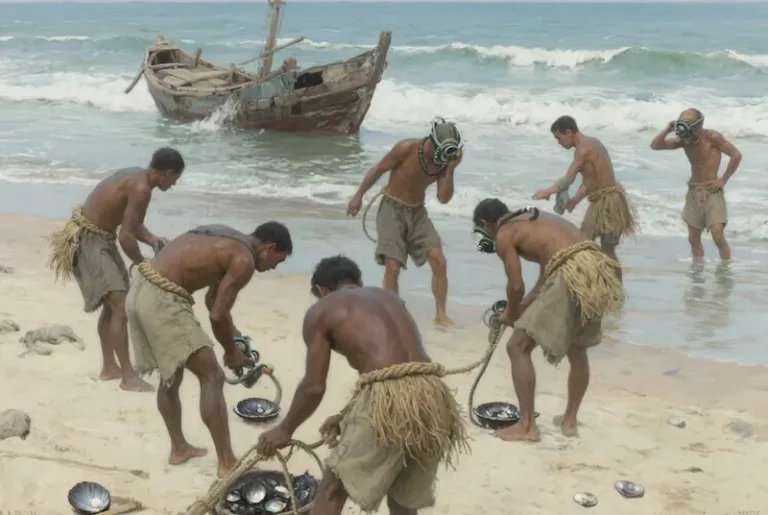
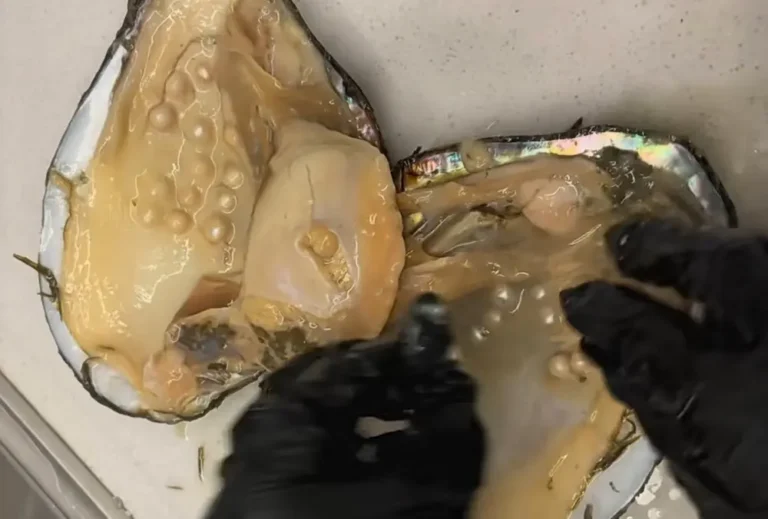
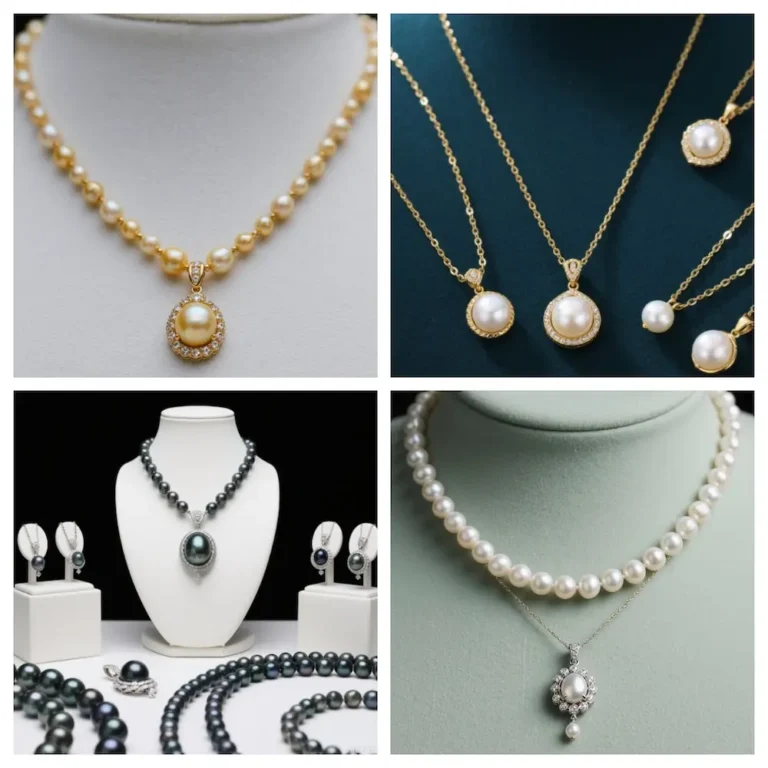
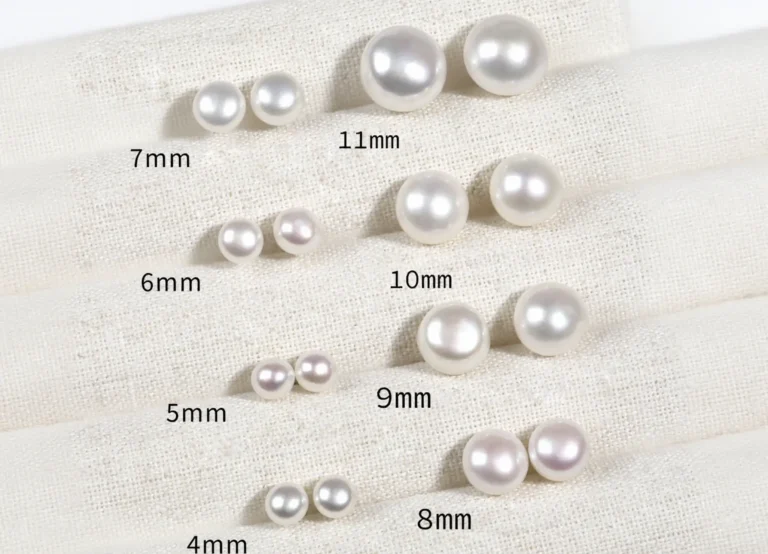

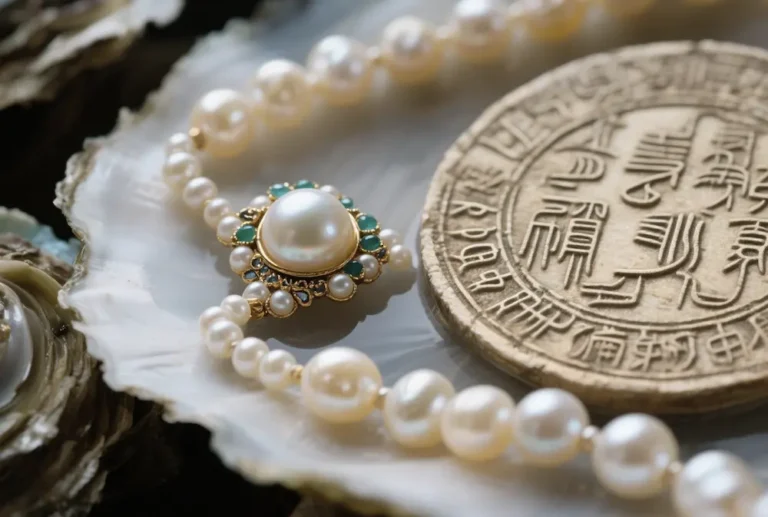

One Comment